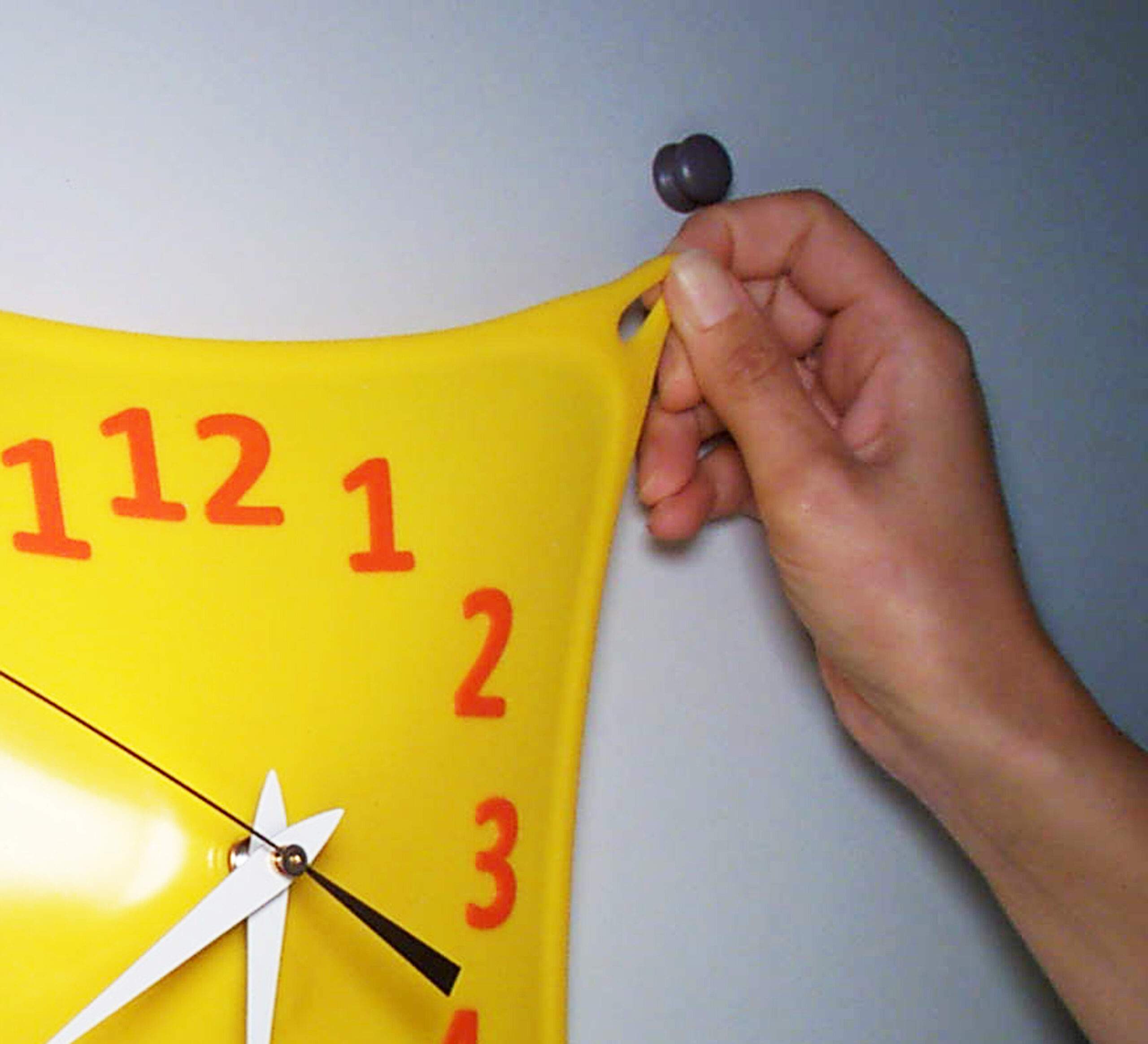Table of Contents
Does Bankruptcy Toll the Statute of Limitations? 108c Top Points
Does bankruptcy’s automatic stay toll a statute of limitations for a creditor’s claim or judgment, or extend it in Calif and beyond. What to know.
When a bankruptcy is dismissed or discharged, is the statute of limitations tolled on an earlier claim by the automatic stay, and suspended? Or is the statute of limitations extended by a few weeks with just a little bit of time tacked on? The answer could make a big difference on how much time the creditor has the act on their claim, lawsuit, lien, or other collection actions.
Automatic Stay giveth, but what does it take away?

You probably already know there’s bankruptcy protection in 11 USC 362 called the automatic stay. In short, this means that once a bankruptcy is filed, all collections against the debtor have to stop. This is powerful and effective. In a typical case that successfully ends with discharge, the debt is no longer collectable, ever.
However, sometimes a Chapter 13 bankruptcy — sort of a years-long debt consolidation –Â doesn’t make it to discharge. If the case is dismissed, what happens to the statute of limitation timing on claims and judgments before the bankruptcy? Is the statute tolled (suspended), or is the timeline to collect extended?
Suspend: Tolling of the Statute of Limitations
Suspension would involve tolling the statute of limitations for the time in bankruptcy. A common example would be in California. Here, there’s a four-year statute of limitations for breach of contract. If three of those years have run, and then someone files Chapter 13 for two years before it’s dismissed, how much time remains to collect? If the statute was suspended or tolled, there would still be a year to file a law suit against debtor, post-bankruptcy.
Extend: Add some time to collect after bankruptcy.
Extension of time would be tacking on additional time to prosecute the case and file the lawsuit after the dismissal of the bankruptcy.
Let’s look at the law and see what it says for guidance.
Bankruptcy Code 11 USC 108
Section 108(c) of the Bankruptcy Code says:
…if applicable nonbankruptcy law, an order entered in a nonbankruptcy proceeding, or an agreement fixes a period for commencing or continuing a civil action in a court other than a bankruptcy court on a claim against the debtor, or against an individual with respect to which such individual is protected under section 1201 or 1301 of this title, and such period has not expired before the date of the filing of the petition, then such period does not expire until the later of—
(1) the end of such period, including any suspension of such period occurring on or after the commencement of the case; or
(2) 30 days after notice of the termination or expiration of the stay under section 362, 922, 1201, or 1301 of this title, as the case may be, with respect to such claim.
What this means is that Section 108(c) kicks in regarding someone protected under Chapter 12 or Chapter 13 bankruptcies (1201 or 1301), so it wouldn’t apply in the more common Chapter 7 bankruptcy cases.
It also specifically says that the period to commence or continue an action against the debtor doesn’t expire until the later of (1) the suspension of the period; OR (2) 30 days after notice of the stay ended, which sounds like an extension.
What does this mean? Let’s go to the Bankruptcy Appellate Panel in the Ninth Circuit: “In simpler terms, unless the limitations period under applicable nonbankruptcy law would expire later, a limitations period that did not expire prepetition will expire thirty days after the expiration or termination of the automatic stay.” In re Brown, 606 BR 40, 47 (9th Cir BAP, 2019).
So, there’s both suspension and extension. Are both in play as both are in the statute, or is it just one used practically, depending on jurisdiction? As usual, we look to the courts for interpretation.

How the Courts have interpreted Section 108(c)
Differing opinions on suspend or extend
In the battle of suspend (toll) vs extend, the result seems to be specific to jurisdiction, facts, and the underlying nonbankruptcy law in play. The Supreme Court of the United States has weighed in: “Petitioners believe § 108(c)(1) contains a tolling provision. The lower courts have split over this issue.” Young vs US, 535 U.S. 43, 52 (Sup Ct, 2002).
Lower courts have made the same observation. “They [the parties] differ in interpretation, however, with CPI finding no separate federal basis for tolling state prescriptive periods and Rogers arguing that § 108(c) itself tolls the prescriptive period. We are not the first circuit to face this issue. Panels of both the Second and Ninth Circuits have examined the language and legislative history of this section of the Code. Unfortunately, they have created a potential split in result. Other federal courts have divided likewise.” Rogers v. Corrosion Products, Inc., 42 F. 3d 292, 296 (5th Circuit, 1995)
Statute of Limitations extended … A Little Bit
Some courts have used Section 108 to merely extend the statute of limitations. One example: “We hold that Section 108(c) of the bankruptcy Code extends a creditor’s right to bring an action through the pendency of a debtor’s bankruptcy case only for 30 days after the automatic stay expires by operation of law or is lifted by order of court.” In re Baird, 63 BR 60, 63 (WDKY, 1986).
While Section 362 doesn’t deal with time, Section 108 above has a few factors, and can extend contractual, statutory or judicial deadlines. Here’s the Second Circuit Court of Appeals: “…we observe that by its terms § 108(c) does not provide for tolling of any externally imposed time bars, such as those found in the two maritime statutes of limitations. The bankruptcy section only calls for applicable time deadlines to be extended for 30 days after notice of the termination of a bankruptcy stay, if any such deadline would have fallen on an earlier date.” Aslanidis v. US Lines, 7 F. 3d 1067, 1073 (2nd Cir, 1993).
A mere 30-day extension can be challenging for creditors, and good news for debtors, as it’s not always certain creditors will get notice of the bankruptcy dismissal in 30 days. If that’s the case, the 30 days can go quickly and then the debtor is safe from any claims brought from that creditor.
Suspended or Tolled Statute: California State Law CCP 356
Let’s start with this nugget of a quote:
“Although the automatic stay is a broad and powerful provision, it does not stay the passage of time.”
That is from Judge Sidney Weaver in the case Matter of Lauderdale Motorcar Corp., 35 BR 544, 548 (Bankr. Ct, SD FL 1983). Judge Weaver’s quote is consistent with the Second Circuit above in Aslanidis, and would seem to be very friendly to debtors. They can’t run out the clock in a bankruptcy, but a small 30-day window puts the odds in their favor.
But not so fast. Other courts (and state laws) have come to a different conclusion.
In California, the automatic stay suspends time for the SOL
Locally, in California, state law kicks in. We have CCP 356, which says: “When the commencement of an action is stayed by injunction or statutory prohibition, the time of the continuance of the injunction or prohibition is not part of the time limited for the commencement of the action.”
“A bankruptcy stay has been held to be a ‘statutory prohibition’ within the meaning of Code of Civil Procedure section 356.” Schumacher v. Worcester, 55 Cal.App.4th 376, 380 (1997) . Later, this was cited by another California court, which added: “The provisions of sections 362(a), 108(c), and Code of Civil Procedure section 356, as well as the relevant case law set forth above, enforce our conclusion that the automatic stay provisions applied here to toll the limitations periods.” Kertesz v. Ostrovsky, 8 Cal. Rptr. 3d 907, 914 (Cal Ct of Appeal, 4th Appellate Dist., 3rd Div. 2004), but note limitations in law construction that focused on the 1872 enactment date of Section 356. Inco Development, Court of Appeal of California, Fourth District, Division Two, August 4, 2005.
California law and the Discharge Injunction: also suspends time
That’s all well and good. It seems to be settled in California that because of CCP 356, the Automatic Stay of Section 362 suspends (that is tolls) the statute of limitations. But does CCP Section 356 have the same effect on tolling because of the discharge injunction of Section 524(a)(2)?
Surprisingly, the Ninth Circuit BAP says, yes, the discharge injunction also tolls and suspends time in California. To wit: “In sum, the Browns have not persuaded us that the discharge injunction is beyond the scope of C.C.P. § 356. To the contrary, we are convinced that the discharge injunction triggers the limitations period suspension provided for in the statute. Therefore, we reject the Browns’ principal argument on appeal.” Brown, 606 BR at 50.
But Beware Phillips v Gilman for Postpetition Fees and Costs in a Bankruptcy
When it comes to fees in a bankruptcy using nonbankruptcy statutes CCP 685.040 and 685.080, the Ninth Circuit BAP found that Section 108c doesn’t apply. Why? Because Section 108(c) involves seeking relief in a court other than a bankruptcy court; and that period must not have expired when the petition is filed. Both of these were missing.
The BAP of the Ninth Circuit ruled, “By their conduct, Creditors demonstrate that CCP § 685.080 did not require Creditors to act “in a court other than a bankruptcy court“; this fact alone renders § 108(c) inapplicable to their motions.” In re Gilman, 603 BR 437, 445 (9th Cir BAP, 2019). Further, “[b]ecause all of the fees were incurred postpetition, CCP § 685.080’s two-year period did not commence prepetition and, again, § 108(c) does not apply.” Id.
In short, as the Ninth Circuit Court of Appeals stated in an unpublished rejected appeal, “Section 108(c) does not apply here because Creditors filed their fee motions in the Bankruptcy Court for fees incurred after Debtor filed his bankruptcy petition.” Phillips v Gilman, unpublished, (9th Cir, 2020). The lesson? It’s in footnote 9 of the main BAP case: ” the bankruptcy court did not prohibit Creditors from filing CCP § 685.040 motions or memoranda at two-year intervals.”
The Ninth Circuit Extends for Judgments
Let’s go outside of California state law, but stay in the Ninth Circuit. What do we find there?
In 1989, the Ninth Circuit weighed in on the issue when it ruled that Section 108(c) extends the limitations period so long as the creditor is barred by the automatic stay from enforcing its judgment against the property of the estate. Hunters Run, 875 F.2d 1425 (9th Circuit, 1989).
That settles it, then, right? Not so fast. The 5th Circuit Court of Appeals found 9th Circuit’s ruling “opaque” when it ruled: “Again, the general question was whether § 108(c) applied to the time limits of enforcement actions of liens. The court held that it did and that the time period was “tolled.” The court did not decide whether the “tolling” meant that the time period ceased to run, or simply that a thirty-day grace period existed under the statute if the time period had run.” Rogers, 42 F. 3d at 296-297.
The Hunters Run rule was discussed further in In re Spirtos, 221 F. 3d 1079 (9th Circuit, 2000), where the Ninth Circuit (not BAP) distinguished collecting on a judgment versus merely renewing a judgment. There, the Circuit Court recited what Hunters Run stands for, and then itself ruled the proposition that section 108(c) extends the limitations period so long as the creditor is barred by the automatic stay from enforcing its judgment against the property of the estate.
More recently, in evaluating an ORAP lien, the Ninth Circuit held “that the period in which a creditor may execute on a lien constitutes the continuation of the original action that resulted in the judgment and is thus tolled during the automatic stay.” In re Swintek, 906 F. 3d 1100, 1102 (9th Circuit, 2018).
The IRS, taxes, and 108(c)
Generally, taxes, tolling, and the bankruptcy automatic stay
Taxes are a very tricky issue in bankruptcy, much of it involving timing. As a rule, taxes are not dischargable in bankruptcy. The exception is that they can be eliminated if enough time has passed for various benchmarks.
Section 6503(b) of the Internal Revenue Code states:
The period of limitations on collection after assessment prescribed in section 6502 shall be suspended for the period the assets of the taxpayer are in the control or custody of the court in any proceeding before any court of the United States . . . and for six months thereafter.
How does the IRC’s 6503 interplay with the Bankruptcy Code’s 108? Or put differently, what if someone is in a Chapter 13 during the three years the IRS has to collect taxes in their priority status of 11 USC 507(a)(8)?
The Ninth Circuit BAP, citing Baird above, and reviewing Congress’ legislative intent, found that, “…it is clear that Congress, by enacting Section 108(c), intended to activate Section 6503(b) and thereby suspend the running of the statute of limitations for tax collection during a taxpayer’s bankruptcy proceedings.” In re Brickley, 70 BR 113, 115, (9th Cir BAP, 1986). Section 6503, then, takes over for Section 108, and the result for the tax clock is that it’s suspended. (But see In re Gurney, 192 BR 529, (9th Cir BAP, 1996), allowing the court’s Section 105 powers for equitable tolling balanced against the policy to prevent tax evasion schemes, limited in In re Gardenhire, 209 F. 3d 1145, 9th Circuit, 2000).
The Ninth Circuit Court of Appeals found the BAP’s logic in Brickley persuasive, and followed it in In re West, 5 F. 3d 423 (9th Circuit, 1993). There, the 9th Circuit reviewed the 240-day rule of Section 507’s interaction with Section 108. Considering using bankruptcy for tax evasion, the Ninth Circuit concluded, “The debtors’ joint Chapter 13 case suspended the running of § 507(a)(7)(A)(ii)’s 240-day priority period from the date of the bankruptcy petition until six months after the case was dismissed. ” West at 427.
Equitable Tolling and the Statute of Limitations in Bankruptcy
Sometimes, courts find that it’s just fair to prevent someone from using bankruptcy in a tax evasion scheme. In those situations, equitable tolling is used to provide the taxing authority more time to collect the taxes.
In the Young case discussed above, a person filed a Chapter 13 bankruptcy during the three-year lookback period, and then a Chapter 7 in an effort to run out the clock. The Supreme Court found equitable tolling, finding the just result was stopping the clock (ie: suspending) and the statute of limitations during the bankruptcy cases.
In the Ninth Circuit, that was not the result when Brenda Jones filed a Chapter 13 bankruptcy, and then filed her California state tax return owing money. The Franchise Tax Board (FTB) didn’t protect its claim in the 13, and then years later, Jones dismissed her case and then filed a Chapter 7. The FTB wondered if it could maintain a postconfirmation tax claim if the prepetition property of the estate revested in the debtor at confirmation. Here, the Ninth Circuit Bankruptcy Appellate Panel distinguished from Young and found no equitable tolling because the FTB didn’t seek relief from the automatic stay or file a motion to dismiss in the 13 for its priority taxes. In re Jones, 420 BR 506 (9th Cir BAP, 2009).
Summing up
The bottom line is, well, there is no bottom line. Cases are all over the map, depending on the state, circuit, and underlying nonbankruptcy law. It would seem pretty straightforward that once a bankruptcy is dismissed, you just wait thirty days and hope you don’t get sued. However, there are many courts, states, and situations where the statute of limitations is tolled, that is stopped, while the bankruptcy and automatic stay is active.
And so the short answer, like most things in law, is, “it depends.”





